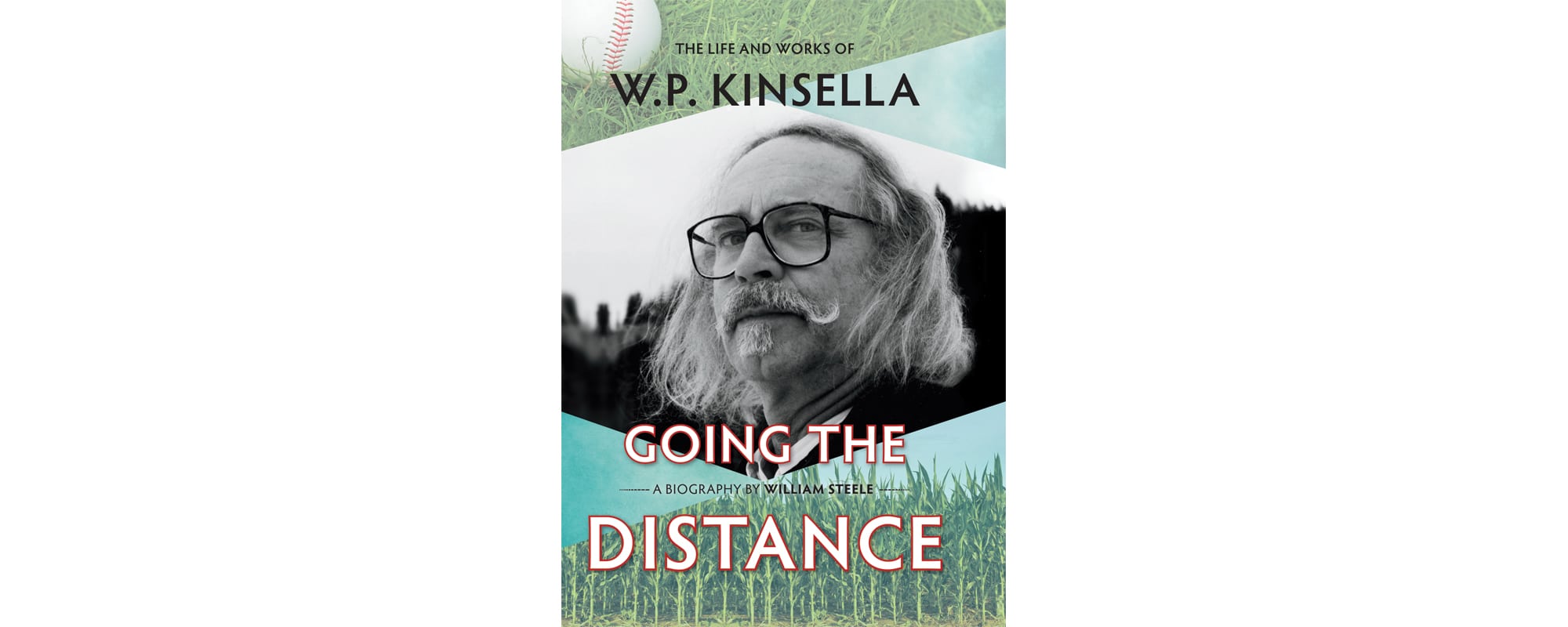 W.P. Kinsella, who died in September 2016, is known for two main bodies of work: baseball stories – most notably the 1982 novel Shoeless Joe, which was made into the enormously popular 1989 movie Field of Dreams – and the Silas Ermineskin stories, set on a Cree reserve in Alberta and featuring an Indigenous narrator. If Kinsella were writing today, he’d likely have a hard time finding a publisher for the latter stories, given the criticism of cultural appropriation that was building even when the author was alive.
W.P. Kinsella, who died in September 2016, is known for two main bodies of work: baseball stories – most notably the 1982 novel Shoeless Joe, which was made into the enormously popular 1989 movie Field of Dreams – and the Silas Ermineskin stories, set on a Cree reserve in Alberta and featuring an Indigenous narrator. If Kinsella were writing today, he’d likely have a hard time finding a publisher for the latter stories, given the criticism of cultural appropriation that was building even when the author was alive.
English professor William Steele doesn’t ignore the controversies in Kinsella’s work or life, but he has built his academic career around Kinsella’s baseball stories, and he’s firmly on Team W.P. A person who writes both a thesis and a dissertation on a writer’s work rarely turns against his subject. It happens, but it’s unusual. And it’s noteworthy that Kinsella invited Steele to be his biographer after reading Steele’s first book, a study of baseball and identity in Kinsella’s work. It’s no secret that Kinsella loathed most academic criticism, so it’s clear that subject and biographer were drawn together by mutual admiration.
It’s also no secret that Kinsella could be quite difficult, and again Steele tends to approve of, or at least accept, Kinsella’s volatile temperament. Of course, he never found himself the target of Kinsella’s criticism or anger, a fact that likely colours his approach in this regard.
The value in Steele’s biography lies in his detailed examination of how committed Kinsella was to his writing and his goal of making a living from it. Once he decided that writing was to be his life – a decision not taken until he was in his 30s and had worked at many different jobs – Kinsella became single-minded in his pursuit of that goal.
Steele describes Kinsella’s early years on an isolated farm in Alberta; it wasn’t until he was 10 and the family moved to Edmonton that he had any regular contact with other children. His parents had tried to send him to the small one-room schoolhouse in Lake Isle, but he preferred to be home-schooled by his mother. As Steele remarks, “While staying at home year-round certainly contributed to his inability to relate to people his own age, it also undoubtedly cultivated his imagination and love of fantasy.” His mother was an excellent teacher and certainly fostered a love of learning and independent study in her son.
Going the Distance covers the main events in Kinsella’s life: education (at the University of Victoria and the University of Iowa), marriages and romantic attachments, fatherhood, employment, success as a writer, health problems, and assisted death. The attention paid to his literary output tends to be a summary of reviews that appeared as each book was published. As Kinsella didn’t like to waste anything he had written, he often reused stories or built upon them as the basis for a novel. Sometimes this gets confusing as characters and titles reappear in different contexts.
On the literary front, Steele’s reluctance to engage with the issue of cultural appropriation to any great extent does the book a disservice. Steele notes Kinsella’s desire to make money – and the stories in Dance Me Outside, Brother Frank’s Gospel Hour, and elsewhere certainly did that – but there is more at stake in Kinsella’s portrayals than a paycheque. The problem of cultural appropriation must always be set against the grievous treatment of Indigenous people in Canada, an issue that Steele seems reluctant to address in his book.
Steele obviously cares for his subject, which is evident in the delicate way he treats Kinsella’s devastating relationship with Evelyn Lau, a poet and memoirist 36 years his junior. The affair had all the makings of disaster from its inception, and unfortunately for everyone its dissolution – which involved Lau publishing a tell-all magazine article and Kinsella suing for libel – played out in public. Steele refuses to traffic in idle gossip, but neither does he carefully examine Kinsella’s culpability in the affair. This is one of the book’s central weaknesses: though Steele has all the raw material needed to delve critically into Kinsella’s life and his work, he mostly neglects to provide a deep or nuanced reading of either, preferring instead to float on the surface of things.
The most fascinating aspect of the book involves changes in publishing over the course of Kinsella’s life – changes the author often railed against. He recognized that, more and more, big publishers wanted only bestsellers while small publishers were, well, small publishers. During the latter stages of his career, Kinsella watched as midlist authors effectively became homeless. In this assessment, if not elsewhere, Kinsella seemed exactly correct and would no doubt continue to bemoan a trend that has only accelerated in the two years since his death
 Contact us via email
Contact us via email

